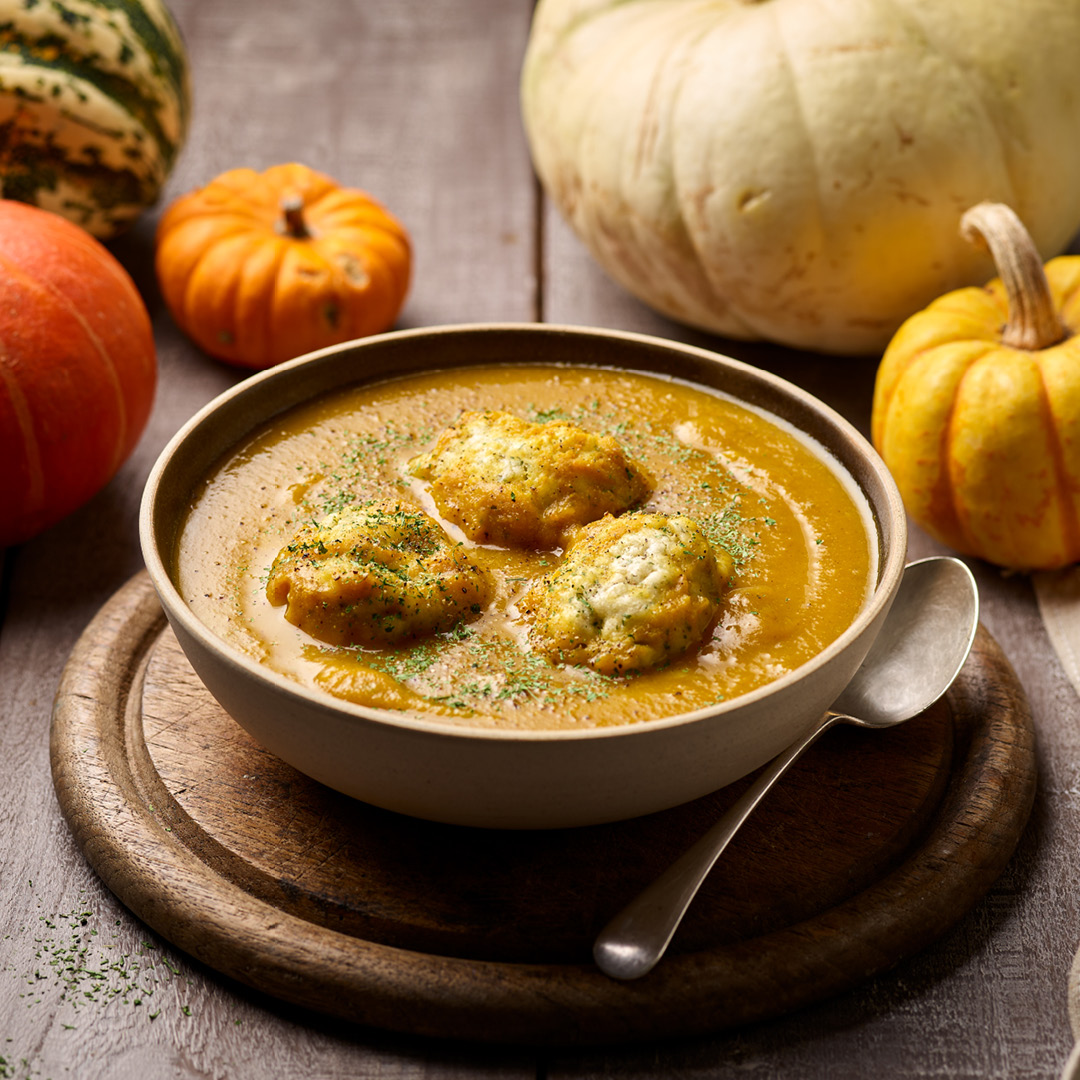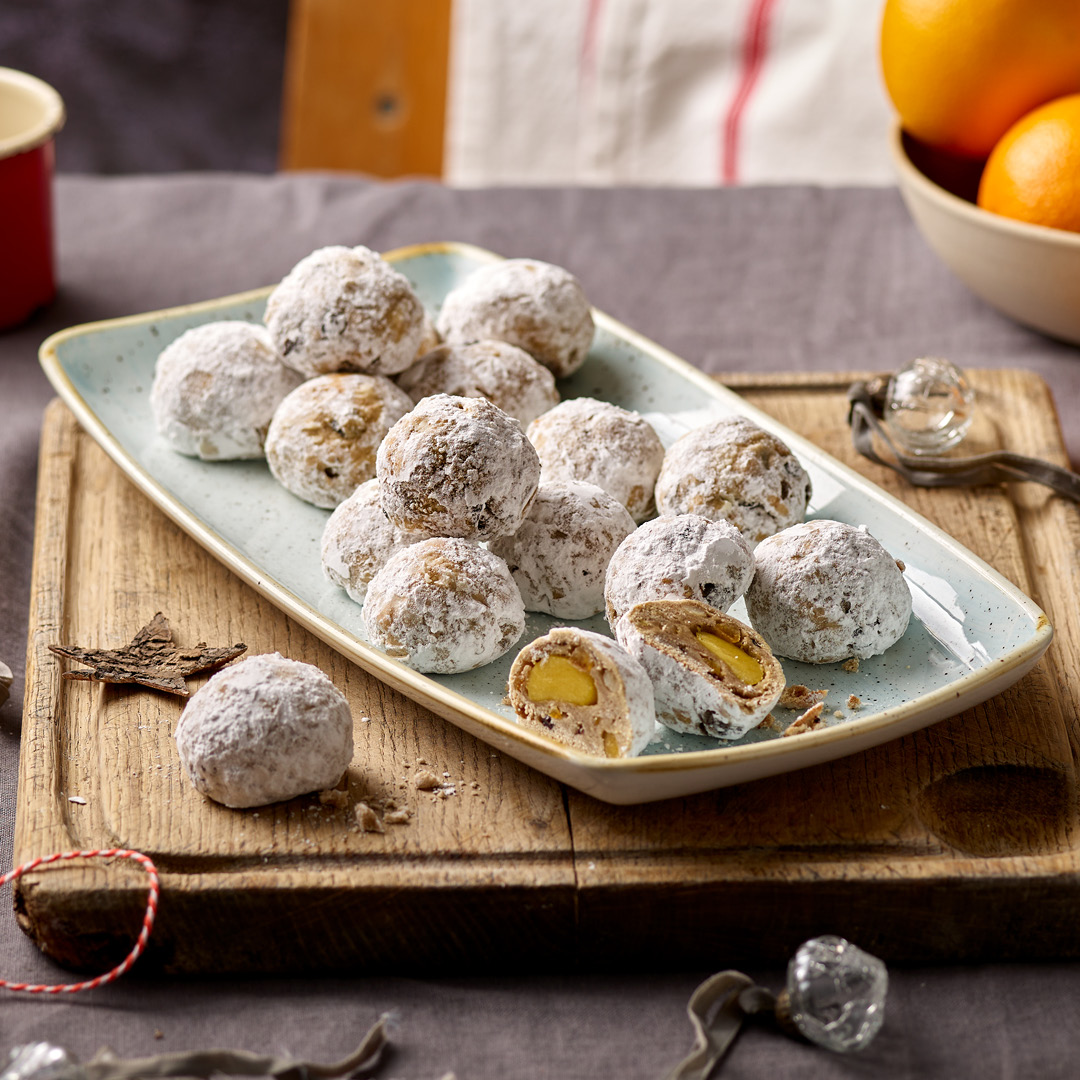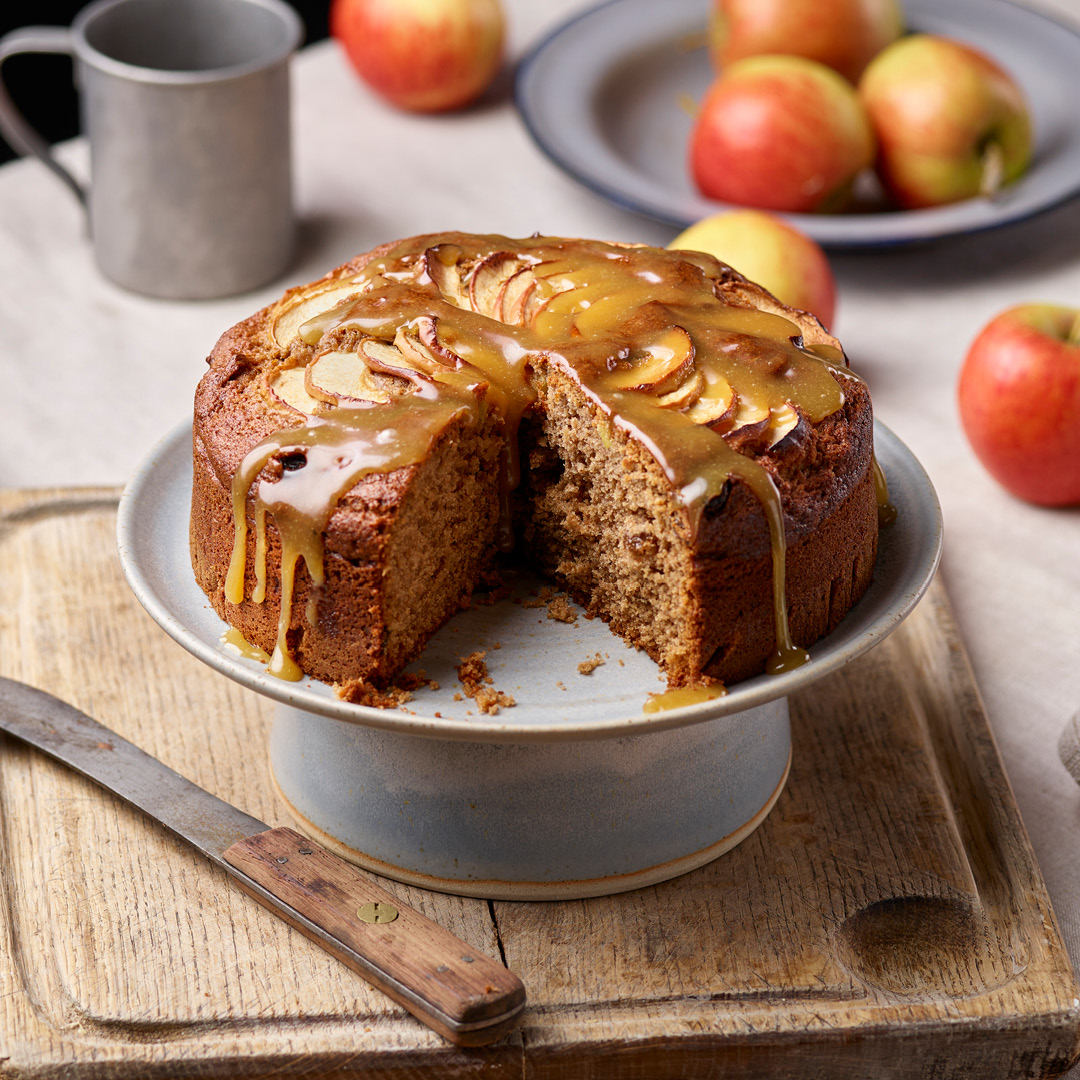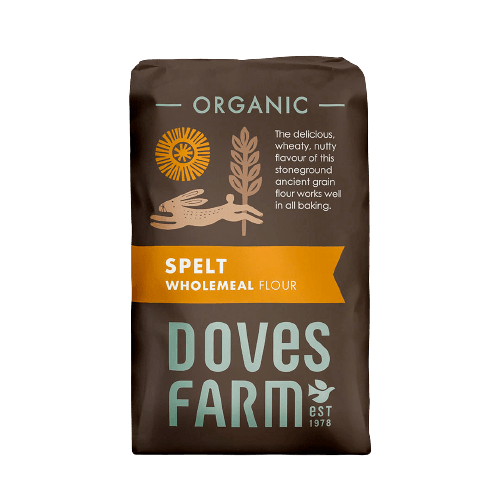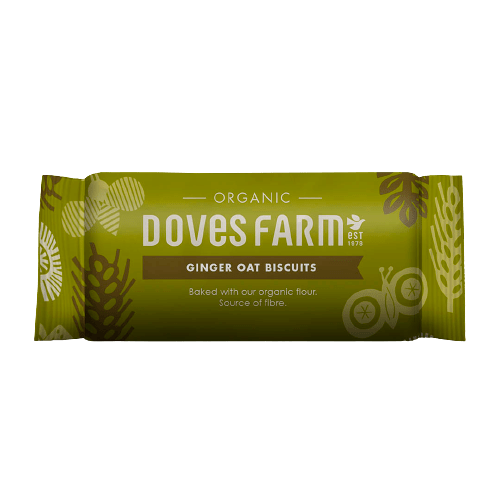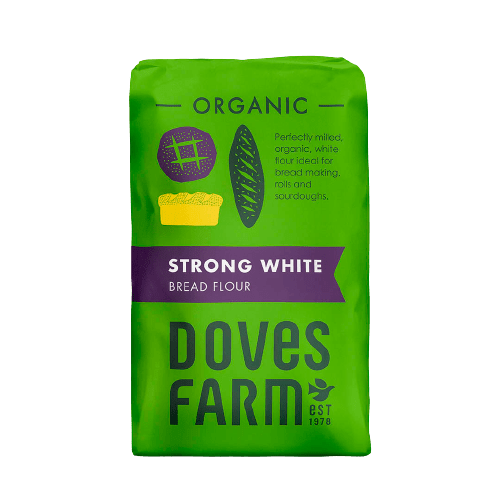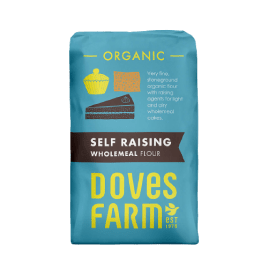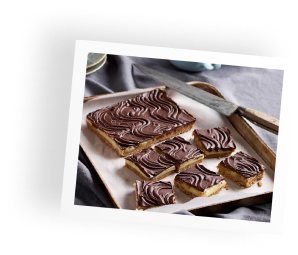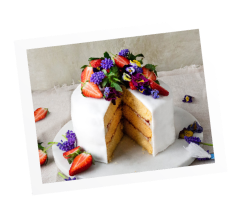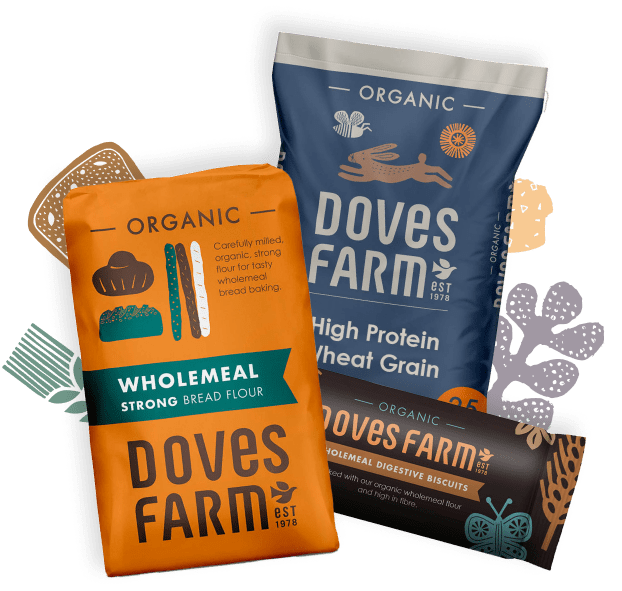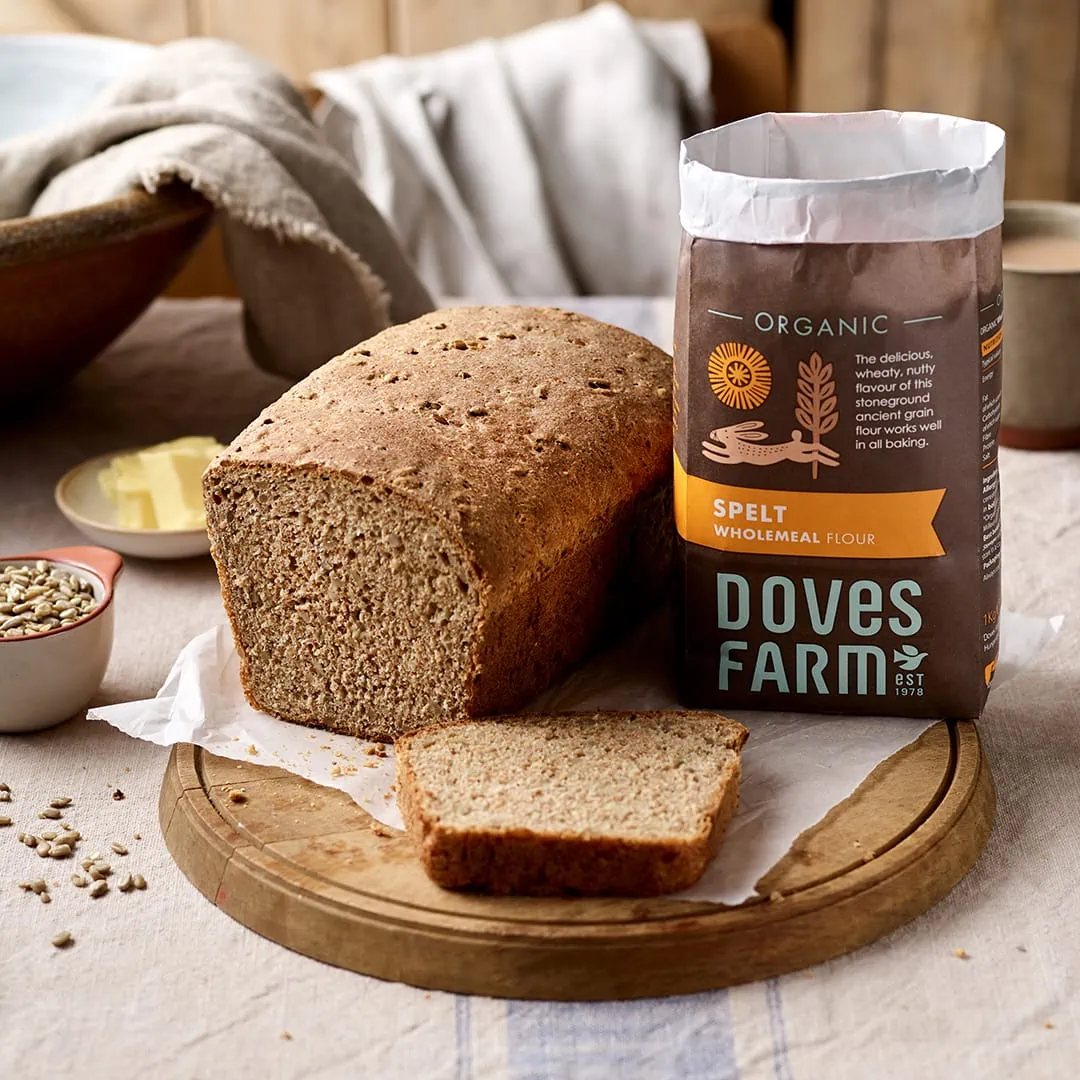Because it’s important to know which raising agent or baking aid can offer a helping hand in your cake or bread making, and with a plethora of different types available, here’s our guide for home bakers and cooks.
Baking Powder
| Types | Baking powder is a raising agent that combines an acid and an alkali. When this mixture is combined with flour, liquid and heat, bubbles of carbon dioxide are produced causing the mixture to expand and rise. Our Baking Powder is a combination of Sodium Bicarbonate and Acid Calcium Phosphate. Too much baking powder can give baked goods a soapy taste. |
| Bread Use | Can be added to flour for making quick breads, soda bread and scones such as Treacle Soda Bread and Wholemeal Cheese Scones. |
| Cake Use | Flour sold as self raising already includes baking powder. You can make your own self raising flour by mixing 2 tsp of baking powder with 100g of plain flour, stirring and then sieving into another bowl. |
| Pastry Use | Although not normally added to pastry a small pinch of baking powder can be helpful if making pastry with very coarse wholemeal flour. |
| Batter Use | Baking powder is sometimes added to batter in place of, or to compliment egg, and will aerate the flour and liquid blend. For example, in White Spelt Drop Scone Pancakes and Wholemeal Pancakes. |
Bicarbonate of Soda
| Types | This single ingredient, alkaline powder is Sodium Bicarbonate, NaHCO3. It is sometimes called baking soda or bicarb. When combined with acidic ingredients, liquid and heat, small bubbles form causing the mixture to expand and rise. Excessive bicarb can impart a metallic taste. |
| Bread Use | Due to its alkaline nature, bicarbonate of soda can combine with acidic ingredients such as yogurt, buttermilk, lemon juice, vinegar, or molasses to rise un-yeasted bread, and quick breads such as Wholemeal Soda Bread. |
| Cake Use | Cake and self raising flours do not usually need additional raising agents. However, some cakes made with plain flour call for bicarbonate of soda when they contain an acidic ingredient, such as apple sauce, citrus fruit, or molasses. |
| Pastry Use | Bicarbonate of soda is not an ingredient associated with pastry making. |
| Batter Use | Some batters call for bicarbonate of soda to add lightness or crispness to the item, thanks to the many small gas bubbles it creates. For example, in Chickpea Flour Batter. |
Vitamin C
| Types | Whilst not a raising agent in its own right, Vitamin C can enhance the retention of gas bubbles produced during various baking processes. This fine white powder is also known as ascorbic acid or E300. |
| Bread Use | Small amounts of Vitamin C can speed up bread dough rising, increase loaf volume and soften crumb. To enhance bread flour sieve ½-1 tsp of Vitamin C with 1kg and mix thoroughly. Vitamin C is typically added to some breads such as White Baguette Bread. |
| Cake Use | Vitamin C is not an ingredient associated with cake making. |
| Pastry Use | Vitamin C is not an ingredient associated with pastry making. |
| Batter Use | Although Vitamin C is rarely added to batter, it is often added to beaten egg to retain air bubbles. |
Sourdough Starter
| Types | A yeasty paste made by combining wholemeal flour and water at regular intervals to cultivate the naturally occurring yeasts. Once active, the Sourdough Starter can be used to raise most baked goods. Keep any extra sourdough starter in the fridge rather than using it all in your recipe as it can inhibit normal dough rising. |
| Bread Use | An amount of sourdough starter is used to make a ferment and then sourdough bread such as Sourdough Bread Cob, and Sourdough Light Rye Tin Loaf. |
| Cake Use | Some traditional cakes use a sourdough starter to give character to the bake as in Panettone. |
| Pastry Use | Sourdough starter is not an ingredient typically used in pastry making. |
| Batter Use | A great way to use excess starter is to use them in pancakes – a pleasing way to continue the sourdough journey! For example, use a sourdough starter to make Sourdough White Spelt Pancakes. |
Quick Yeast
| Types | A dry instant yeast that can be added straight to the mixing bowl or bread machine pan, for all types of yeast cookery. Too much yeast can make a dough very gassy and can inhibit the rise. |
| Bread Use | For bread making add 1 tsp of Quick Yeast to every 500g of bread flour as in Wholemeal Bread Machine Loaf. |
| Cake Use | Many traditional cakes are made with a sweet and enriched yeasted dough. For example, Stollen and Brioche. |
| Pastry Use | Quick Yeast can be used in speciality pastry and morning goods. |
| Batter Use | Quick Yeast can be used in speciality pastry and morning goods. Yeasted batter makes excellent pancakes as in Buckwheat Griddle Cakes and Staffordshire Oat Cakes. |


